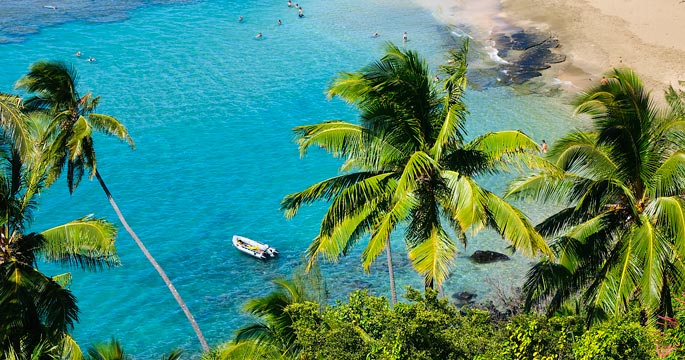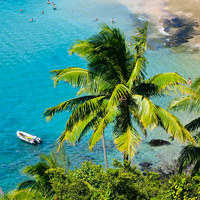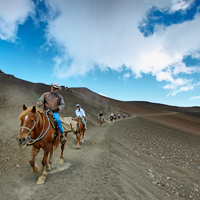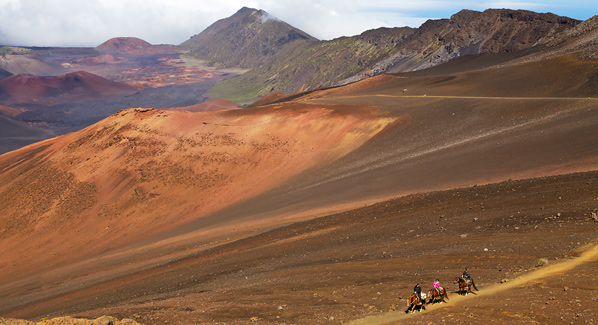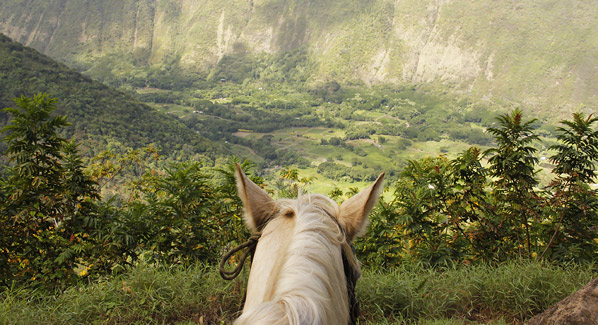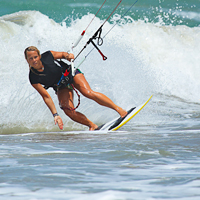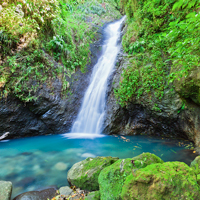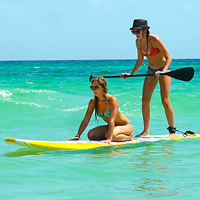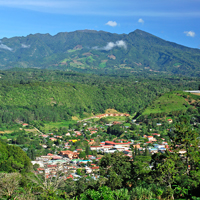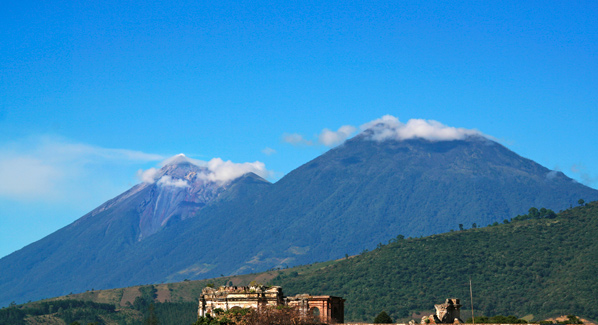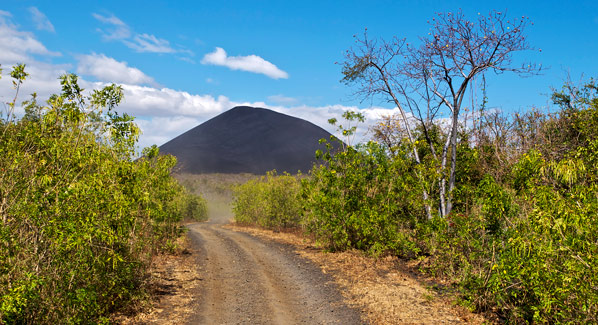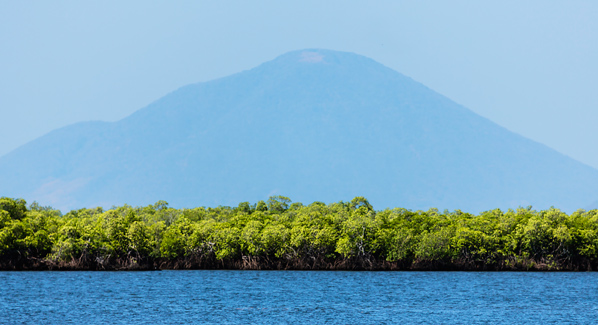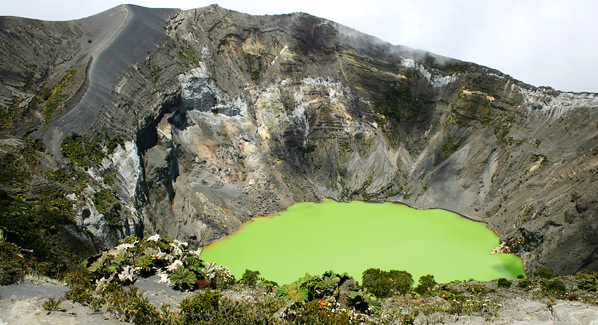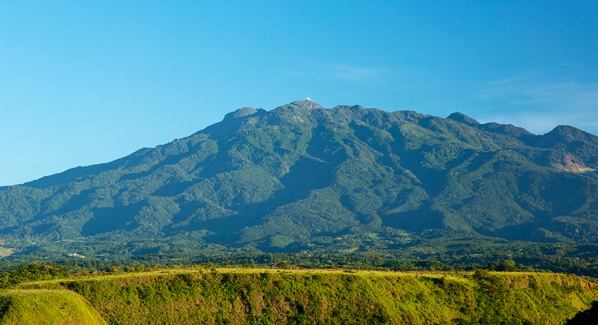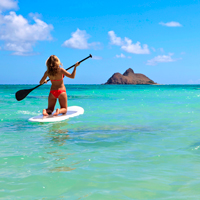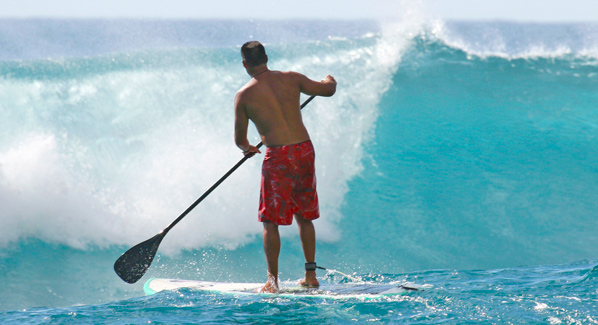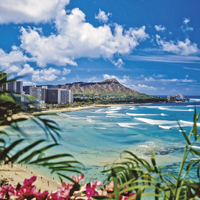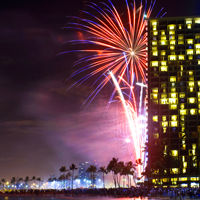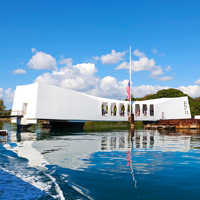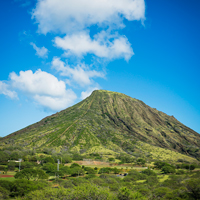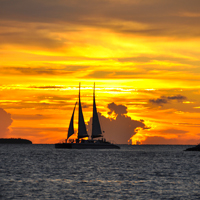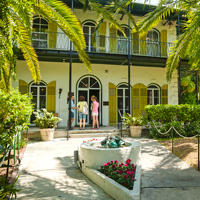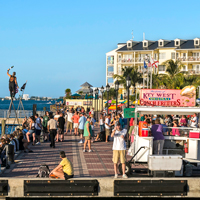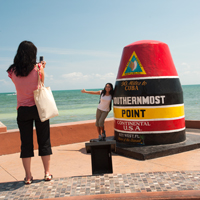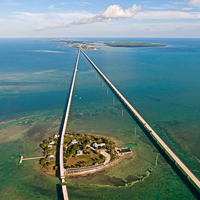Like the green landscapes of this oldest of Hawaiian Islands, the snorkeling sites around the shores of Kauai are just a bit wilder, but well worth the effort. Not all beaches are suitable for novices, but when conditions are right, anyone with reasonable comfort in the water can enjoy a visit of shallow reefs and lava-rock formations where colorful tropical fish flit in the sunlight.
Kee Beach
Sitting at the literal end of the road, where hikers embark for the rugged pathways of the Napali coast, this state park provides parking and bathroom facilities adjacent to a scenic beach, where there is a lifeguard on duty. A flanking reef shelters the shallows from ocean chop, but the site is best from spring to summer, as winter swells can make snorkeling and swimming challenging or even dangerous. When waters are calm and tides are in, the best snorkeling can be found by swimming out over the nearshore reef to the deeper, clearer waters of the outer lagoon. This also allows you to escape the crowds that sometimes line the shallows.
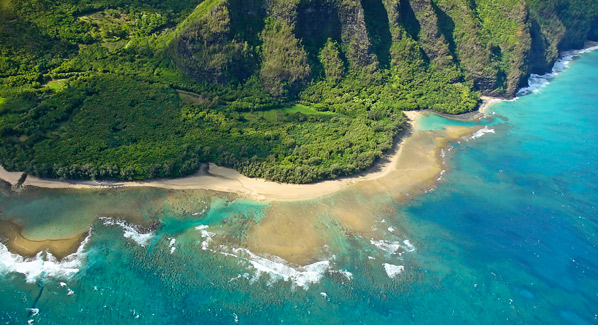
An aerial view of Kee Beach shows both the sheltered inner reef and the deeper outer reefs that are a favorite with advanced snorkelers. This site is best when seas are calm. Photo: iStock
Tunnels Beach
For a slightly wilder take on snorkeling Kauai’s north shore, head for Tunnels Beach, but check the forecast first. When wind and waves are up, this beach is a favorite with surfers and windsurfers. Under calmer conditions, it’s also an excellent snorkel site, with both an inner reef that is novice-friendly and a deeper outer reef that is a favorite with free divers and scuba divers. The best entry is on the sandy areas to the north. Parking along the access road can be a challenge on busy days. Public bathrooms and showers are located within walking distance at Haena Beach Park.
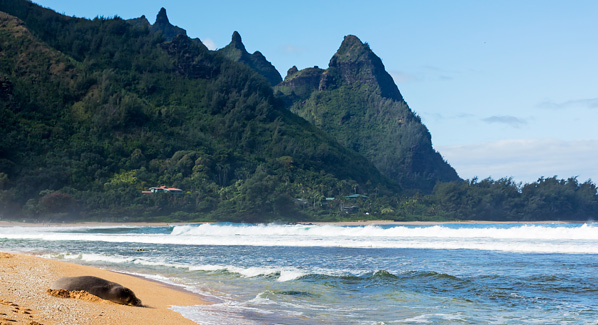
A Hawaiian monk seal rests on the sand at Tunnels Beach, on Kauai’s north shore. In winter, ocean swells can break over the reefs, making them unsuitable for snorkeling. Photo: Steve Heap/iStock
Poipu Beach Park
If you are staying on Kauai’s south side and want to combine snorkeling and quality time on the sand, head for popular Poipu Beach. Not only is it considered one of Hawaii’s most scenic beaches, it’s well-suited to families and anyone wanting a safe, easy water entry, coupled with a full range of beachside amenities. Beginners will find sheltered water to practice their basics behind the rock jetty at the beach’s eastern end, while the sand spit at the opposite end leads to deeper water where fish are more abundant. When on the surface, keep an eye open for dolphins and whales breaching offshore.
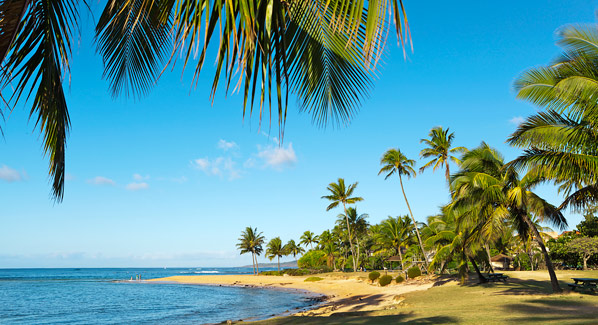
Palm-fringed Poipu Beach is a favorite with families and novice snorkelers, thanks to the protected shallow areas that provide calm water and shallow depths, along with plenty of fish life. Photo: iStock

